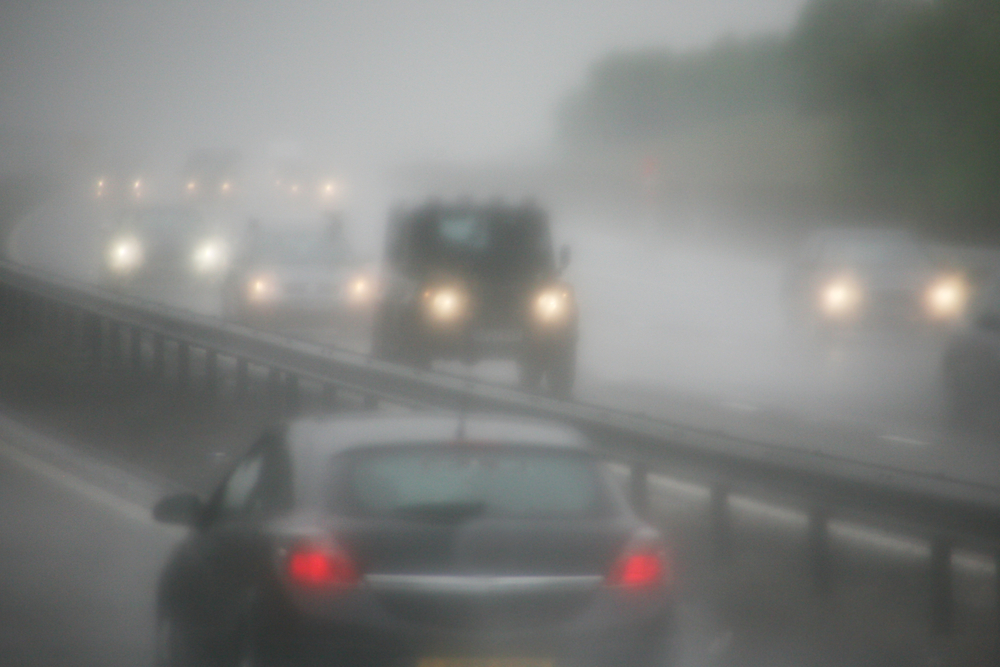Fog is odd stuff. When your windows fog up, you’re witnessing the complex interaction between competing air temperatures. Water molecules get summoned into their heavy, wet state, giving you a neat little view of what could otherwise be a respectable enough science fair project. Unfortunately, though, if you’re behind the wheel of your car, you don’t want science. You want to see the road!
Fog can cause serious accidents. If you can’t see, you can’t drive. Your car weighs several tons and travels at high speeds. You don’t want to lose control of a thing like that. Luckily, there are many things you can do about car window fog. Here are a few of them.
Is it Colder Outside?
Cold weather conjures up inner window fog. Luckily, the things you do to keep warm will likely keep your view clear. Switch the air heater on like you normally would, but flip the setting to defrost mode. If your car is equipped with a back window defrost feature, give that a shot, too. You’ll clear up your vision in no time. Older modes may take longer to defrost. It’s worth the wait. Do not drive with fogged up windows, even if it’s just for a few feet. Short distance accidents are quite common; people get relaxed and drive carelessly in their own neighborhoods. A fogged up window is just the thing to cause an completely preventable fender bender.
Is it Warmer Outside?
Warmth outside brings fog outside. Again, turn your heater on and give it a minute. If you’re pressed for time, grab a rag and scrub wipe away those wet, misty molecules. If they’re not crusted down with ice and snow, your trusty wipers will do the trick, as well. There are quicker tricks to fix the problem, too, if you care spend a few extra minutes online. If they are stuck in an immobile position, wait! You never know what can land on your shield while driving. You never want to get caught out on the road without working wipers.
What Happens if You Ignore Fog?
Some people just drive off when they get in their cars, assuming that the problem will take care of itself soon enough. This is reckless driving. According to the Federal Highway Administration (FHA), foggy conditions can affect the following factors:
- Drivers themselves. Motorists experiencing out of the ordinary conditions don’t drive the same way they do under normal conditions. Stress, low vision, and road confusion can lead motorists to make bad decisions. Confused people don’t always think clearly. Decision making skills grow dim in the mist.
- Road treatment. Fog affects different road treatments. Fog sealing vehicles are big and bulky. They take up serious space. They probably won’t be out on the exact day of the thick fog, but if you’re in a high fog area, be on the lookout for these vehicles.
Speed limits. Remember that speed limits are never as simple as whatever is posted on the side of the road. Most states have what is the a “basic speed law.” If you’re driving faster than is safe for the conditions, you’re breaking the law. Even if you’re under the posted limit.

